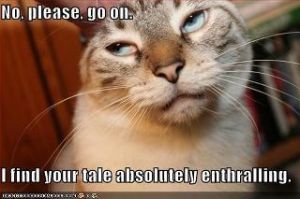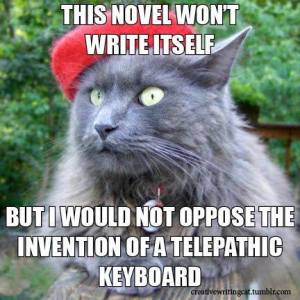First Monday Mentoring for July – why do we tell stories? Why do they work?
Welcome to First Monday Mentoring when this blog looks at the realities of the writing craft – the fear of the blank screen that never goes away, the sensation of being an observer in life and wondering if you’re missing the sensitivity gene. Truth is, you’re not insensitive – you’re a writer. Observing life at its most extreme: births, weddings, funerals, is what writers do. Then we translate the experience onto the screen or page and make sense of it for the non writers.
Into the Woods
Recently I read a fascinating book called Into the Woods: how stories work and why we tell them. The author, John Yorke, created the BBC Writers’ Academy and brought a vast array of dramas to British screens.
His book explores the unifying shape of narrative forms, from the archetypal fairy tale journeys “into the woods” to today’s blockbuster movies. Yorke says that stories are all rooted in the same ancient structures.
While he explores these structures in detail and shows them at work in everything from Star Wars to “kitchen sink” dramas, he doesn’t recommend that writers follow structure as a blueprint, but rather as a template to check your writing against after your first drafts are done.
 Stories are not paint-by-numbers exercises.
Stories are not paint-by-numbers exercises.
You can follow every writing guru slavishly step by step and still not make a story that speaks to your readers. Writing is similar to baking a cake. We all use the same mix of flour, eggs, butter and flavouring – in our case, plot, characters and setting – but the results depend on how well you do the baking.
Yorke references a lot of writers I’m fond of, from Dr. Who’s Russell T Davies to William Goldman’s iconic Adventures in the Screen Trade, books I have on my shelves and refer to often. I’ve lost count of the number of copies of the Goldman book I’ve given away.
Interestingly, many of these books were written for screenwriters, before novelists discovered them. Many, like Linda Seger have adapted their books for narrative writers, but the originals – for me anyway – are hard to beat.
As Yorke contends, it’s all about structure and in this, readers raised on YouTube and Netflix increasingly expect novels to echo screenwriting principles. Get into a scene as late as possible, and out as early as possible. Keep the story moving regardless of genre. Let the readers do a lot of the work, don’t force feed them. Let them reach their own conclusions. Let them think.
 If, like me, you enjoy revisiting classic TV from the 1960s to the 80s, you’ll notice marked differences between then and now. Today there’s far more showing than telling with fewer round-up scenes at the end where characters tell each other what happened and why, as if the reader hasn’t worked it out long before. Like dialogue, character actions are more natural, instead of moving around the page/set like chess pieces.
If, like me, you enjoy revisiting classic TV from the 1960s to the 80s, you’ll notice marked differences between then and now. Today there’s far more showing than telling with fewer round-up scenes at the end where characters tell each other what happened and why, as if the reader hasn’t worked it out long before. Like dialogue, character actions are more natural, instead of moving around the page/set like chess pieces.
In the romance genre at least, storytelling was more fun before you could track people by their phones, or build suspense with a “secret baby” – a child the hero didn’t know he’d fathered. These days DNA testing leaves little doubt. Although a full test takes a bit longer than most TV shows and some books would have us believe.
But while limiting some story options, technology can open up new possibilities. In my Beacons sci-fi series, I used modern technology to hijack the space shuttle, and a private jet to launch it, supported by input from the jet’s brilliant designers. Google “Mandelbugs” for another topic I play with in the series.
Recently on ABC Statewide I had a fun discussion about the role of technology in modern relationships – using emojis in place of body language, for example.
Curiously, however far writers go out into space or how deeply into human psychology, as John Yorke points out, the basic story structure remains largely unchanged. The why of storytelling also remains fixed – to explain the world to us, and us to ourselves.
Why do you enjoy telling stories? Have you ever considered structure as a factor and how do you use it? Please share your experiences here. The blog is moderated to avoid spam but your comments can appear right away if you click “sign me up” at right. I don’t share your details with anyone. Happy writing!
Valerie
on Twitter @ValerieParv and Facebook
Valerie’s latest book, Outback Code, is out now
3 books complete in one volume
For international orders, print & ebook formats,
Booktopia http://tinyurl.com/hj3477e
From Amazon for Kindle http://tinyurl.com/hxmmqsk